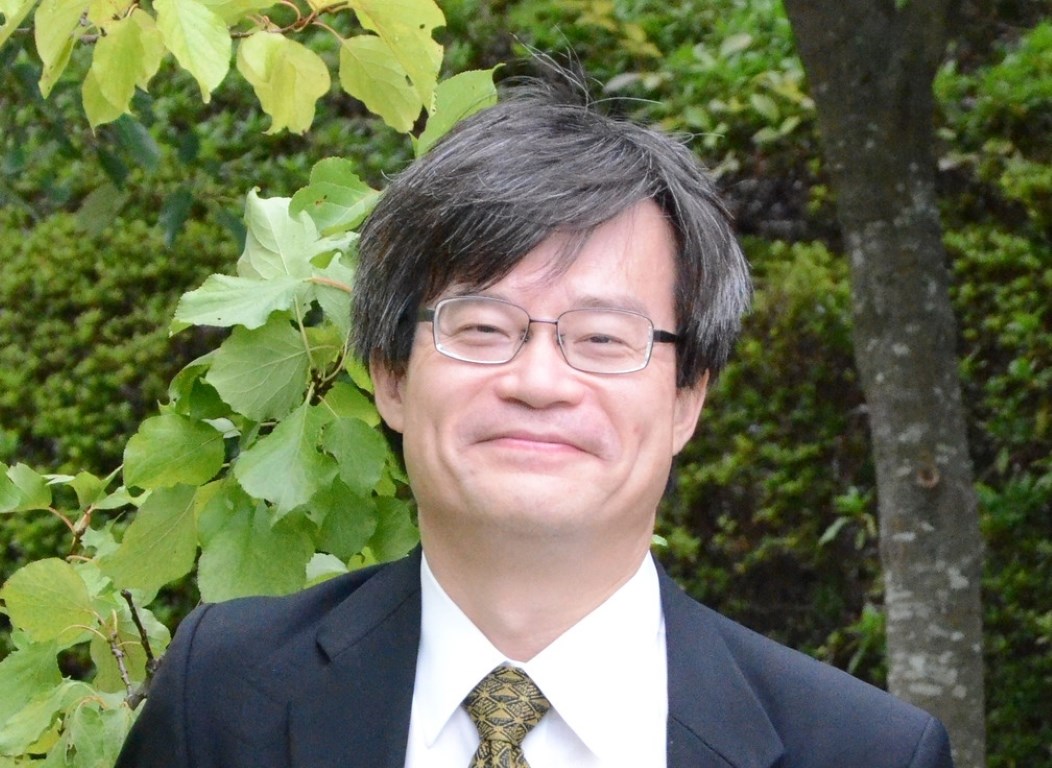Wireless power for the world
January 19, 2018 | Expert Insights

Hiroshi Amano, the physicist who was awarded the Nobel Prize in Physics in 2014, is currently developing a remote power supply system that sends energy to distant places using electromagnetic waves.
This could revolutionize the way power is distributed across the world especially regions are located in remote areas. This research is working towards enabling the supply of power by sending electromagnetic waves to remote islands and other places,
Background
Hiroshi Amano is a Japanese physicist and inventor specializing in the field of semiconductor technology. For his work he was awarded the 2014 Nobel Prize in Physics together with Isamu Akasaki and Shuji Nakamura for "the invention of efficient blue light-emitting diodes which has enabled bright and energy-saving white light sources".
When Hiroshi Amano along with his partner Isamu Akasaki and Shuji Nakamura produced bright blue light beams from their semi-conductors in the early 1990s, they triggered a fundamental transformation of lighting technology. Red and green diodes had been around for a long time but without blue light, white lamps could not be created. Despite considerable efforts, both in the scientific community and in industry, the blue LED had remained a challenge for three decades. When the Nobel Peace prize award was announced in 2014, the committee noted, “The LED lamp holds great promise for increasing the quality of life for over 1.5 billion people around the world who lack access to electricity grids: due to low power requirements it can be powered by cheap local solar power.”
Analysis
Along with other researchers, Hiroshi Amano, is working on developing a remote power supply system that can send power and energy to remote regions in the world. The team is planning on making this a reality by using electromagnetic waves.
Amano is currently a professor from Nagoya University. When the research is completed and applied in the real-world, it will have far reaching implications for the society. Presently, wireless power transmission exists, however, it is highly limited. The technology is only used on objects that can run on low power such as mobile phones. Thus, so far, it is inefficient and largely ineffective. The primary way that energy is supplied and distributed across the world is through wires and cables that are connected to an electrical device.
Amano spoke about the project noting, “Our first target is to create a wireless system to supply electricity to drones within three years. Remote power supplies will revolutionize the way goods and people are transported. They can enrich our lives.”
The research team involved in the project is developing a system that can convert electricity to high-frequency electromagnetic waves. These waves can then be sent to a target destination. Once it is received in that target location, it is once again converted back to electricity. Amano has noted that his research in this field will have a far more impacting role in society than LED lamps. He stated, “I believe that (the remote power supply system) will become the technology that can make a greater contribution than the blue LED to the well-being of people all over the world.”
There are many regions in the world presently that are grappling with problems due to lack of electricity. The biggest crisis is unfolding in Puerto Rico where large portions of the area still hasn’t gotten electricity after the region’s grid was destroyed during the 2017 hurricane. It will also have implications for developing nations like India.
Assessment
Our assessment is that the research being conducted by Amano could change the way electricity and power is disseminated in the world. Wireless technology negates the need to build expansive infrastructure and it will also help regions that are affected by natural calamities. The outcome of this research could also prove to be highly useful for India. According to the latest statistics, nearly 300 million Indians do not have electricity in the country. Around 40 million households in India do not have electrical power. In 2016, India’s power ministry said that the country’s per capita consumption is significantly lower than the world average. This could increase the quality of life for millions of people living across the world.








Comments